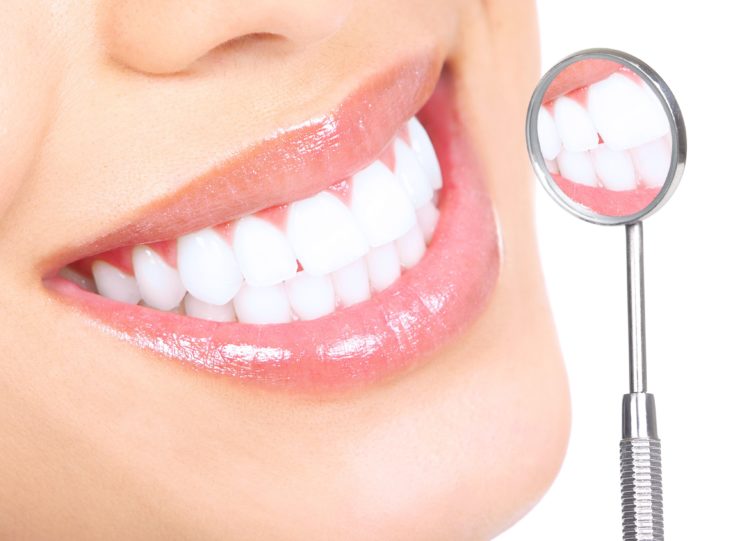Charcoal Tooth Whitening: Not All It’s Cracked Up To Be

The rise of DYI dentistry has seen rapid acceleration lately, and one of the at-home treatments at the center of this craze is whitening with charcoal. No, not exactly the kind of charcoal you cook with, but a derived byproduct of it known as “activated charcoal powder.” This powder has very high absorptive capabilities, making it good at picking up stains from teeth-supposedly. Let’s look at a few reasons why you should avoid this do-it-yourself type of dentistry.
Charcoal can not only remove stains from your teeth, it can also break down and remove enamel, which will actually make the teeth appear darker, not lighter.
Accidentally swallowing charcoal is not a good thing, as it can have adverse effects on the GI system or damage the esophagus.
Furthermore, ingesting charcoal can interfere with the metabolism of prescription medications, including birth control. Altering the uptake of any kind of medication is a potentially dangerous medical situation.
Believe it or not, charcoal powder actually has the ability to stain your teeth and tongue black, the polar opposite of what it is meant to do.
Last but not least, no product without the ADA’s endorsement should ever be used as a dental treatment of any kind, much less without the supervision of a dentist.
Proponents of charcoal whitening will argue that there have not been any studies proving that using this substance is dangerous. However, there have also been no studies finding that it isn’t dangerous. In the world of medicine treatments are accepted as viable not when their efficacy is proven, but rather when their safety is proven. Charcoal powder has not been cleared as a safe alternative for tooth whitening.
If you are interested in whitening your teeth, there are much easier and safer ways to do so, even some that you can do at home. The important thing is to speak with your dentist and find out which solution is right for you.


No Comment